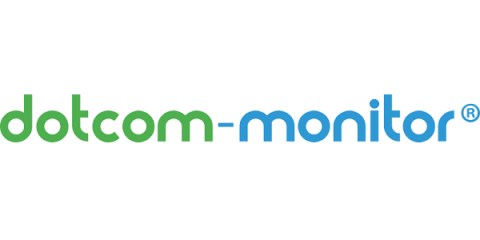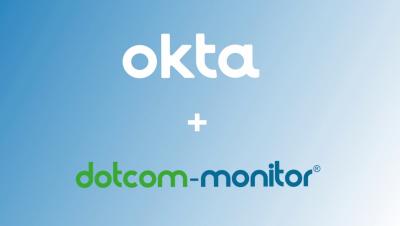Operations | Monitoring | ITSM | DevOps | Cloud
Dotcom-Monitor
Monitoring Website Performance From China
How to Optimize Websites for Ad Publishers
As an ad publisher, your revenue depends on two main factors: traffic to your site and ad optimization. A lot of the focus goes into the practice and processes of driving traffic to your site from an SEO perspective, but what if when visitors get to your site, they have a less than ideal experience? All the effort and time that went into creating and driving traffic to your site would be for nothing if the visitor lands on your page and doesn’t take any action.
What Does My Website Look Like From China? Test and Monitor Performance from China
In this current age of the Internet, it’s a common practice to build a website to run your online business. With the networks all around the world, theoretically, you can do business boundlessly. However, like each country has its boundary, the world of Internet is not a world without any control. In fact, every country has its own laws and rules toward this virtual world. And the case is especially different, when China’s Internet environment is involved.
Internal Applications: Monitoring from Behind Your Firewall
As companies decide whether or not to move ahead with an “everything in the cloud” strategy for providing consumer-facing applications, enterprise applications are also getting a new shape with web-based applications to support internal business operations. These applications live inside the private network of the organization and often have role-based access.
DNS Blacklist Monitoring: Protect Your Company's Reputation
Did you know that around 306 billion emails have been sent globally every day in 2020 and about 45 percent of all emails received are spam. Even more surprisingly, websites that are marked as spam on email portals lose 95 percent of their traffic. Email servers tend to blacklist certain IDs as spam based on their content. And for companies marketing their business via emails, 36 percent of the total spam messages across the globe are attributed to advertising content.
The Importance of Monitoring SSL Certificates
Secure Sockets Layer, or SSL, is a global security standard technology that is being adopted by a number of different organizations across the globe. Essentially, SSLs are small data files containing a cryptographic key. This key carries important information about the organization using it. Around 600,000 websites have installed SSL certificates for security.
SLA Compliance for SaaS Businesses
SaaS businesses are built upon the simplicity of computing, storage, and networking they provide to their users. Web and mobile applications provided by SaaS businesses are meant to be straight forward to consume for users. However, it’s important to deliver an excellent experience to your users who rely heavily on your reliability and performance. Service Level Agreements (SLA) plays an important role here.
Monitoring Applications That Use Azure ADFS
ADFS (Active Directory Federation Services) is a solution from Microsoft for single sign-on (SSO) functionality. It is used by organizations that have their users on Windows Servers to provide authentication and authorization to web-based applications or services outside the organization. ADFS implements federated identity and claim-based access control to authenticate and authorize users, thus maintaining security.





